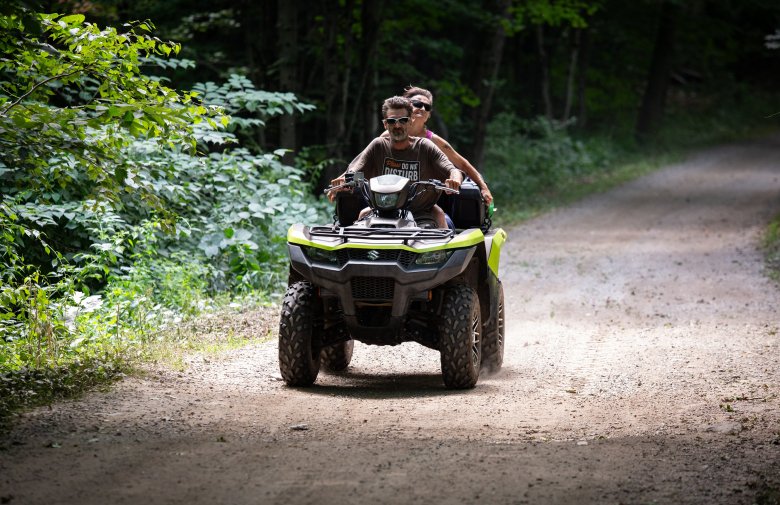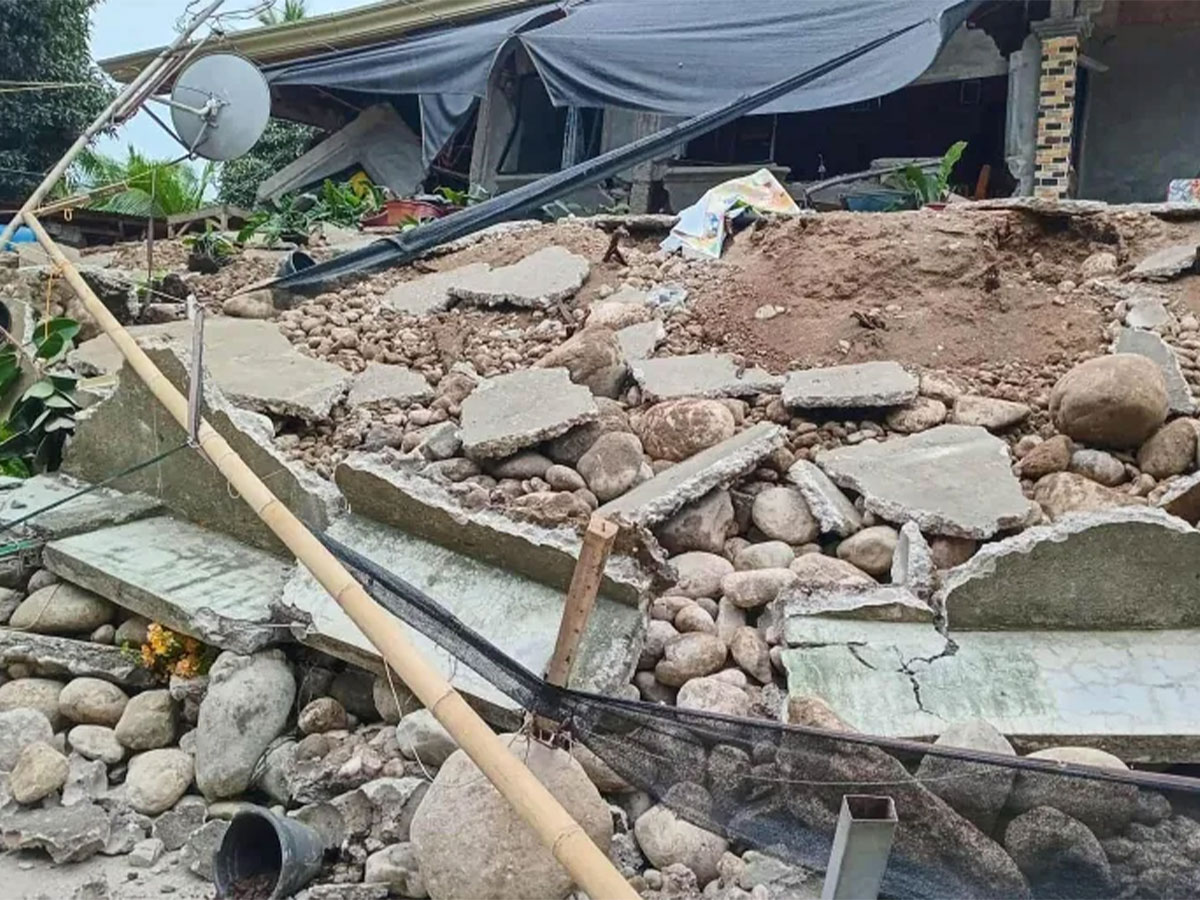Maine trails funding requests far outpace available grants
Maine voters approved a $30 million bond in 2024 to fund the state’s new trails program, which has drawn more interest than funding can cover. There are 105 applications seeking over twice the amount available in the first round of grants. Doug Beck, the Recreational Trail Program director at the Maine Department of Agriculture, Conservation and Forestry, said the requests total $16.7 million for projects in all 16 counties, while only $7.5 million will be awarded this year. It’s the first of four annual grant cycles. “We are not surprised by the demonstrated need,” Beck said. “The application pool reflects strong demand for capital improvements to Maine’s trail network.” The first of the awards are expected in November, with contracts executed over the winter for a projected start date of March 1, Beck said. The program, which is reimbursement-based, requires grantees to incur costs and provide matching funds before receiving payment. Kennebec, Cumberland and Penobscot counties led the way with 13, 11 and 11 applications, respectively. More than half of the funding requested involves multiuse trails, accounting for 46 applications, while 28 involve motorized trail proposals and 31 nonmotorized. Some 60 proposals involve new trail construction; 56 on trail restoration; 41 on trailside facilities; and four on land acquisition. Beck said the program may be limited to $7.5 million per year, but other federal programs could provide supplemental support, if needed. For trail advocates, the response reflected what they already knew: Maine’s trails are in high demand. “This level of interest demonstrates a strong need for long-term investment in Maine’s trails,” said Bronya Lechtman, grassroots outreach manager for the Natural Resources Council of Maine. “There were also many organizations who were interested in applying this year as well but did not have the capacity to do so, so there is even more interest than the 105 applications demonstrate.” While the resources council did not apply for a grant, it did serve as part of the leadership team of the Maine Trails Coalition. The coalition, formed in 2019, played a coordinating role in rallying support for the Maine Trails Program, and serves as a statewide voice for trail users and advocates. Land trusts, both statewide and hyperlocal, play a critical role in maintaining and expanding trails across the state and providing regular access to nature, according to Angela Twitchell, senior director of partnerships and public policy for the Maine Land Trust Network and program director for Maine Coast Heritage Trust. The Maine Trails Program funding will allow land trusts to improve safety, accessibility and trail connectivity for residents and visitors, she said. “I grew up in Maine and use so many different kinds of trails, from hiking to snowmobiling, ATVing and cross-country skiing,” Twitchell said. “But trails require a lot of money to build and maintain, and there hadn’t been a significant funding source for that work for a while coming out of the state of Maine.” Kirk Siegel, executive director of Mahoosuc Land Trust in Bethel, whose organization did not apply this round but expects to in the future, said the program offers “a super important” public benefit, especially because there is an increasing demand for trails for people of all abilities. Siegel said the land trust oversees about 5,000 acres of its lands and holds conservation easements on another 20,000 acres. Most of its trails are for hiking and walking, but there are some limited mountain biking, snowmobiling and ATV access trails as well. “Construction and maintenance costs are very significant. Programs like this are absolutely critical to meet the demand,” Siegel said. “Trail access is important for healthy communities, and it’s a very significant driver of our local economy.” Androscoggin Land Trust submitted a proposal to create a pedestrian connection corridor linking the towns of Livermore Falls and Jay. Stewardship Director Amy Soper said the project upgrades existing trails which connect schools, recreation facilities, shopping areas and neighborhoods along the Androscoggin River. The improvements include bridge and boardwalk replacements, trail surface repairs, drainage work, updated signage and accessibility upgrades. The project, Soper said, is not just about trail repair; it’s also an investment opportunity in community well-being. “It’s (about) … supporting healthy lifestyles, outdoor learning, and economic vitality by helping residents and visitors explore our towns on foot or by bike,” Soper said. For Maine’s motorized users, the program represents a chance to catch up on long-deferred maintenance. Al Swett, president of the Maine Snowmobile Association, echoed the financial need for improvements along some 14,000 miles of snowmobiling trails. Swett said snowmobile clubs depend on volunteers and local fundraising to maintain trails. “A lot of those trails are on private land,” Swett said. “Bridges, culverts, signage — it’s a lot of upkeep … If a club gets a little help with materials or equipment, that goes a long way.” Lechtman, of the Natural Resources Council of Maine, said other members of the coalition hope the state will find a way to make the funding permanent once the four-year bond expires. “The biggest strength of the effort to establish the Maine Trails Program was that it was done among a diverse coalition of communities and trail organizations from across the state,” Lechtman said. “We want this funding to benefit communities from all 16 counties, and we especially hope to see lower-income communities accessing this funding.”




